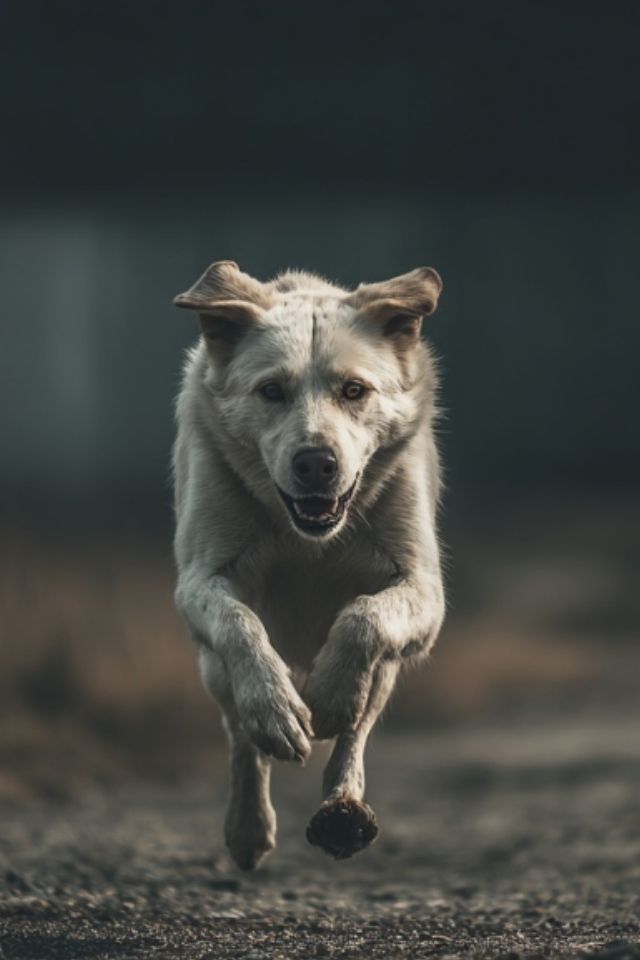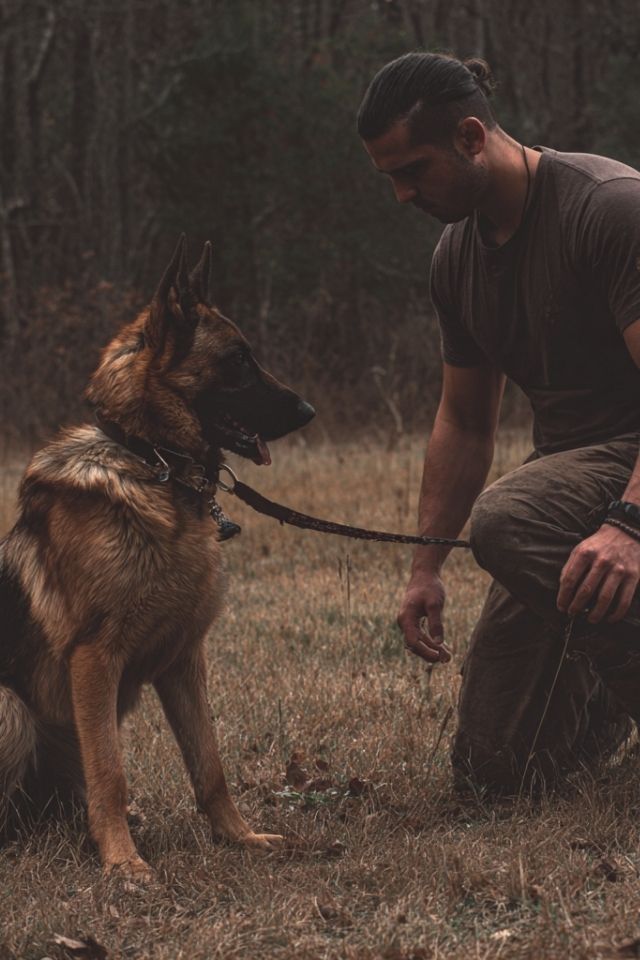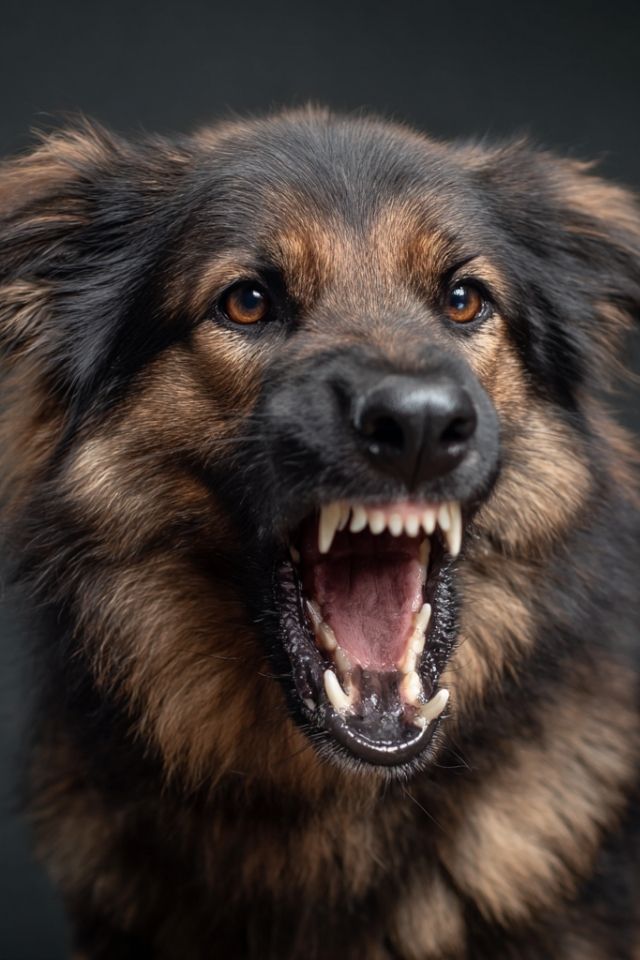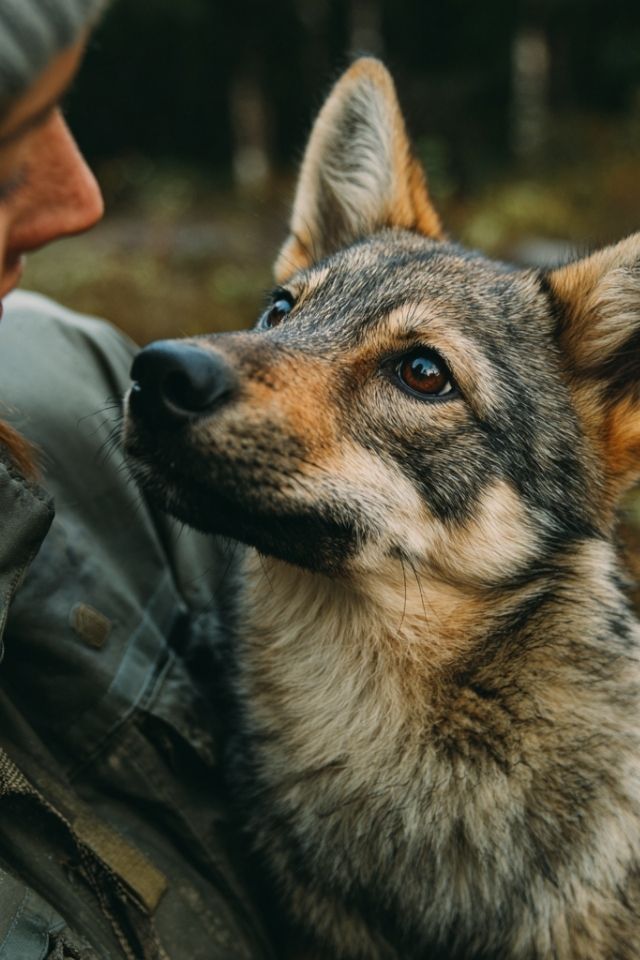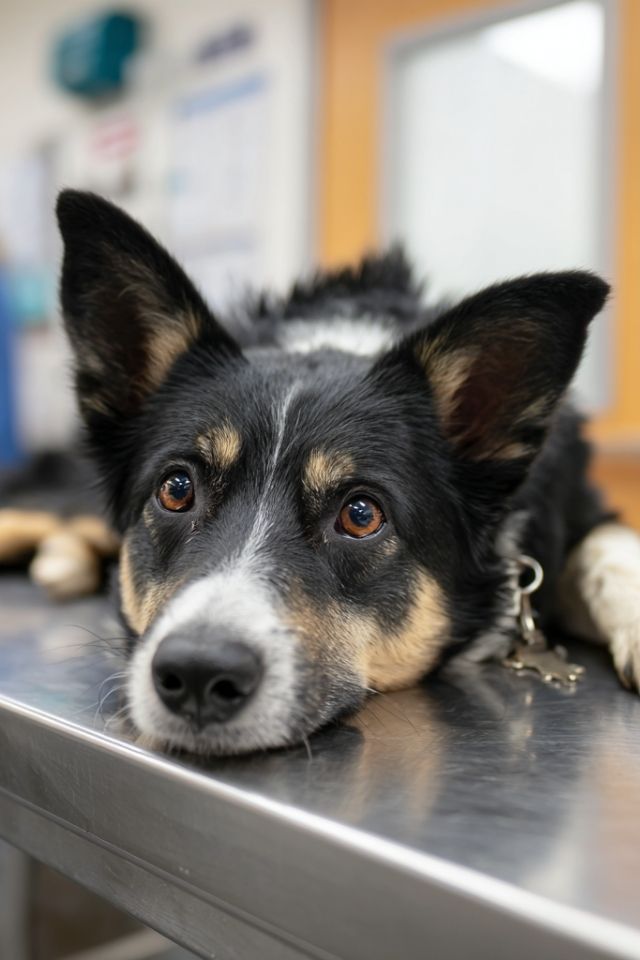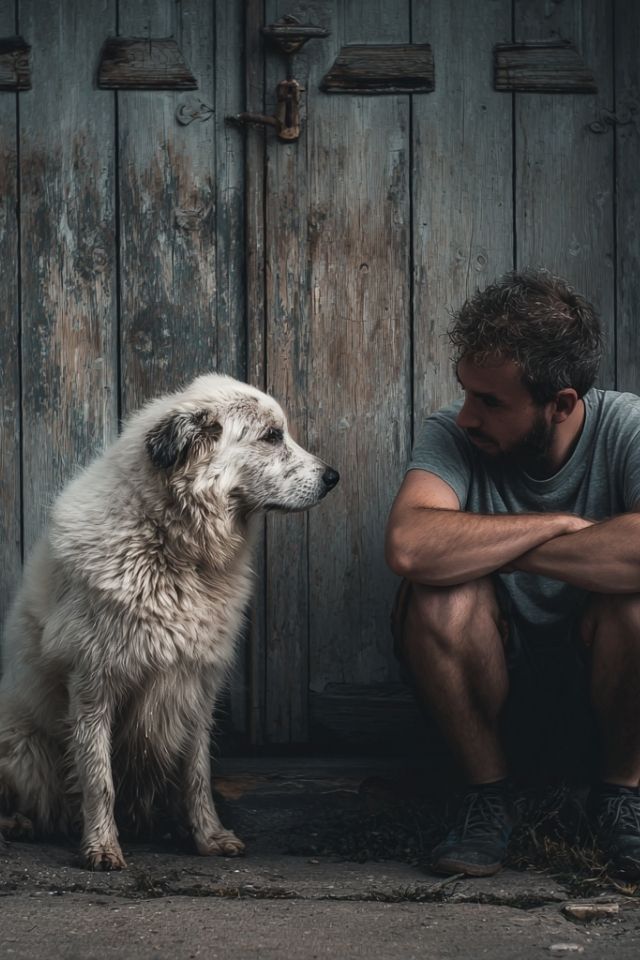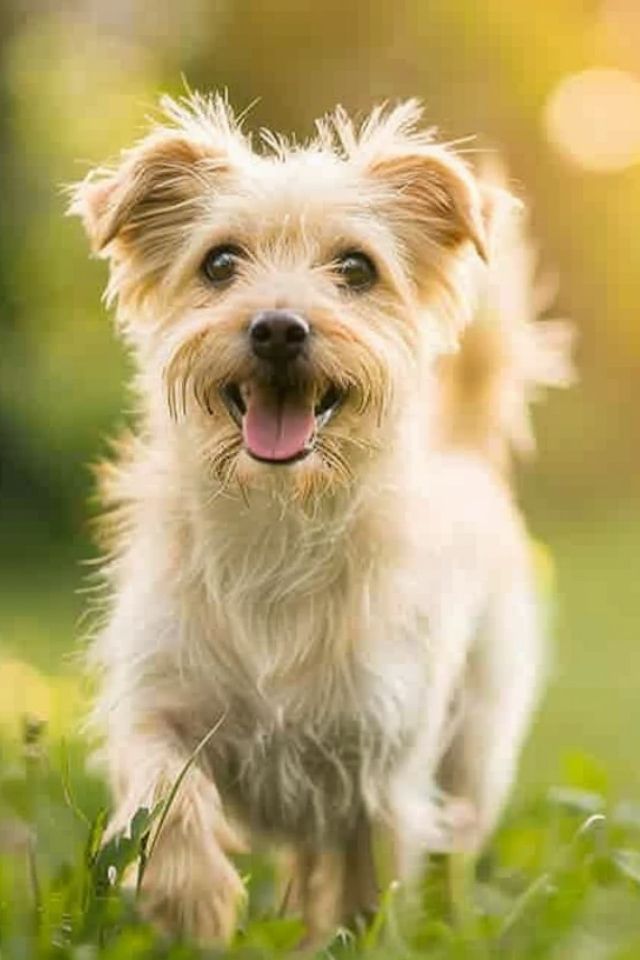Picture this: A Border Collie named Luna lives on the 15th floor of a Manhattan high-rise. By every measure of breed standards, she should be miserable—pacing, destructive, neurotic. Yet each morning, she greets her human with a relaxed tail wag and soft eyes, content to watch pigeons from her window perch between puzzle games and evening walks through Central Park. Luna has discovered something profound that challenges our rigid understanding of what dogs need: the art of blooming where you’re planted.
This is a story about resilience, about the invisible threads that bind human and dog, and about the sometimes painful truth that love, while powerful, isn’t always enough. It’s about understanding the price some dogs pay for adaptation and learning to read the silent language of compromise written in their bodies.
The Architecture of Resilience: When Spirit Transcends Circumstance
In the quiet moments before dawn, when the world holds its breath, you can observe something remarkable in certain dogs—a quality that transcends breed or training. It’s written in the steady rhythm of their breathing, the soft certainty of their gaze, the way they navigate imperfection with grace rather than anxiety.
This quality begins in the delicate weeks of puppyhood, when the brain is still soft clay waiting to be shaped. Each gentle touch from their mother, each safe exploration of a new texture, each recovered stumble builds what we might call their emotional architecture. Some puppies inherit sturdy blueprints—temperaments that bend without breaking, nervous systems that find balance like dancers finding their center.
Watch a resilient dog face disappointment—perhaps a cancelled walk due to rain. Where another might spiral into anxious energy, destroying cushions or pacing endless loops, the resilient soul simply sighs, circles twice, and settles into a patch of sunlight. This isn’t resignation; it’s wisdom encoded in their very cells, a deep knowing that this too shall pass.
But here’s what we often miss: cognitive flexibility dances alongside emotional stability in these remarkable beings. That Golden Retriever in a studio apartment who invents games with shadows on the wall, the Beagle who transforms a single tennis ball into seventeen different adventures—they’re not just making do. They’re artists of adaptation, creating richness from simplicity through the sheer force of their imagination 🧠.
Breed Memory and Individual Dreams: The Tension Between Heritage and Home
Every dog carries two stories in their bones. The first is ancient—centuries of selective breeding that whispered instructions into their DNA: herd the sheep, pull the sled, guard the flock, warm the lap. The second story is uniquely theirs, written in the early morning light of their individual experience.
Consider the Husky whose ancestors ran hundreds of miles through Arctic storms, now living in suburban Phoenix. The breed memory pulls like an invisible leash, urging them toward endless horizons. Yet this particular Husky, raised from eight weeks old with afternoon swims and pre-dawn runs, has learned to channel that ancestral restlessness into different rivers. The swimming pool becomes their tundra, the morning jog their great migration.
This is where epigenetics writes its subtle magic. Those first tender weeks of life don’t just shape behavior—they actually switch genes on and off like lights in a vast mansion. A genetically identical puppy raised in chaos carries different illumination than their sibling raised in calm. The DNA remains the same, but the song it sings changes forever.
Some breeds seem born for adaptation—the companion breeds whose ancestors learned over centuries that their job was simply to be rather than to do. A Cavalier King Charles Spaniel settling into apartment life isn’t fighting their nature; they’re fulfilling it. But that Jack Russell Terrier next door, bred to pursue foxes through underground tunnels with relentless determination, faces a different kind of reckoning with modern life 🐾.
The NeuroBond: Where Science Meets Soul
There exists between human and dog something that transcends mere companionship—a resonance that neuroscientists are only beginning to map but that every devoted owner knows in their bones. We might call it the NeuroBond, that invisible circuitry where two nervous systems learn to dance as one.
Watch a truly bonded pair walk together. Without words or obvious signals, they navigate the world in synchrony—pausing at the same moments, turning down the same paths, breathing in complementary rhythms. This isn’t training; it’s a deeper calibration, where each being becomes an extension of the other’s awareness.
Your emotional state ripples through this bond like wind through leaves. When anxiety tightens your shoulders, your dog’s cortisol rises in sympathy. When you breathe deeply and find your calm, their nervous system follows you down into peace. You become their emotional North Star, the fixed point around which they can orient even in environmental chaos.
This bond acts as a buffer against imperfection. A dog living in a less-than-ideal environment but held in the container of deep, attuned relationship shows different stress markers than one in a “perfect” setting with an emotionally absent human. The quality of presence you offer becomes a kind of environmental enrichment that no amount of space or toys can replicate.
The Hidden Ledger: Reading What Isn’t Said
But here we must pause and acknowledge a harder truth. Some dogs have learned to hide their struggles in the soft folds of adaptation, wearing contentment like a mask that fools even loving eyes. They’ve mastered the art of being “fine”—that terrible word that can conceal so much suffering.
There’s a particular stillness you might notice—not the peaceful stillness of genuine rest, but something else. “Awake but motionless,” researchers call it, though the phrase barely captures the weight of what it represents. It’s the stillness of having given up asking for what you need because experience has taught you the answer will always be no.
The body keeps score in ways behavior might not reveal. That cheerful Labrador who seems perfectly content with one short walk daily? Their cells tell a different story—cortisol swimming through their bloodstream like a slow poison, inflammation markers creeping upward, the cellular price of making do accumulating like compound interest on a debt that will eventually come due.
This is allostatic load—the biological cost of constant adaptation. Imagine holding a small weight at arm’s length. For a minute, it’s nothing. An hour, uncomfortable. A day, excruciating. A lifetime? The arm eventually fails. This is what we ask of dogs who must constantly suppress their nature to fit our limitations 🧡.
The Art of Bridging Worlds: Creating Richness in Constraint
Yet this isn’t a story without hope. In the space between what dogs need and what we can provide, human creativity and love can build remarkable bridges. Mental enrichment becomes a form of alchemy, transforming limitation into opportunity.
I’ve watched a Border Collie in a small apartment learn to “herd” light patterns from a laser pointer with the same intense concentration their ancestors brought to sheep. The need is met, just translated into a different language. A handful of kibble scattered in a snuffle mat becomes a hunting expedition. A cardboard box with hidden treats transforms into an archaeological dig.
The key is understanding that enrichment isn’t about equipment or expense—it’s about engaging the deep patterns written in your dog’s soul. Scent work awakens ancient tracking instincts regardless of your living space. Problem-solving games satisfy the same neural pathways that once helped dogs survive in the wild.
Teaching resilience becomes an act of love. Through gentle challenges—waiting for treats, solving puzzles, recovering from mild frustrations—we help dogs build the emotional musculature to handle an imperfect world. We’re not teaching them to accept less; we’re teaching them to transform what they have into enough.
The Sacred Ordinary: Finding Extraordinary in Everyday Moments
In small spaces, magic must be intentional. The morning walk becomes not just exercise but ritual—a daily poem written in scent marks and greeting ceremonies. The evening grooming transforms into meditation, each brush stroke a prayer of connection. These aren’t just activities; they’re the punctuation marks that give meaning to a confined life.
Predictable flexibility becomes the rhythm—like jazz musicians who know the chord progression but improvise the melody. Same morning wake time, but today we walk left instead of right. Dinner arrives at six, but tonight it’s hidden in three boxes instead of served in a bowl. The structure provides safety; the variation prevents stagnation.
Your home, however small, becomes a universe when seen through your dog’s eyes. That corner behind the couch is a den. The sunny patch by the window is a observation post. The bathroom is a cool retreat on hot days. By rotating access and changing the “furniture landscape” occasionally, you create novelty without chaos.
The Wisdom of Matching: Honoring Truth in Adoption
When we truly understand resilience and its limits, we approach adoption differently. It’s not about finding perfect dogs or perfect homes—it’s about honest matching, about seeing clearly who thrives where and having the courage to honor that truth.
Some dogs carry deep flexibility in their bones—they could be happy in a palace or a trailer, as long as love is present. Others are more specific in their needs, like orchids that require precise conditions to bloom. Neither is better; they’re just different stories requiring different settings.
The question isn’t “Can this dog survive here?” but “Can this dog flourish here?” There’s an ocean of difference between those two questions, and in that ocean swims the quality of a life.
The Long Conversation: A Closing Reflection
Every dog who adapts to an imperfect environment is writing a story of compromise and creativity, of love transcending limitation. Some write this story with joy, genuinely thriving through the power of bond and resilience. Others write it in invisible ink—maintaining the appearance of wellness while paying hidden costs that will only become visible with time.
Our task, as the humans who hold their hearts, is to read both the visible and invisible stories. To celebrate resilience without exploiting it. To bridge gaps with creativity while working toward better solutions. To recognize that while love might not be enough by itself, love that takes responsibility for understanding and meeting needs can transform even imperfect situations into good enough ones.
The dogs who bloom where they’re planted teach us about the power of adaptation, but they also remind us not to become comfortable with “good enough” when “thriving” is possible. They show us that the NeuroBond between human and dog can buffer against many hardships, but it shouldn’t have to.
In the end, perhaps Luna, the Border Collie in Manhattan, has the deepest lesson for us. She has learned to find her sheep in the patterns of city life, to run her miles in the vertical space of stairs, to herd her human’s attention into moments of pure presence. She has adapted, yes, but more than that—she has translated her essential nature into a new language without losing its meaning. That is the miracle some dogs perform daily, quietly, asking nothing in return but that we see them, truly see them, and honor both their adaptability and their sacrifice 😄.
